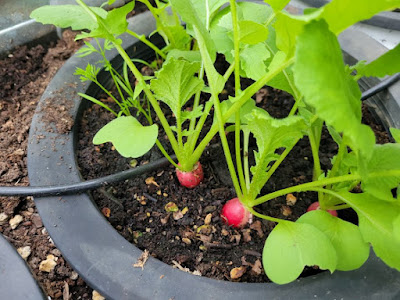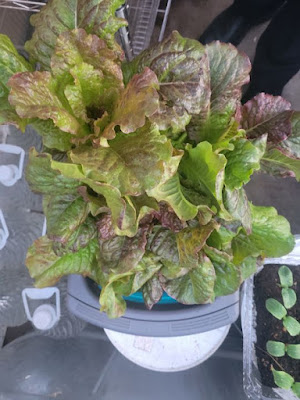For years I have had difficulty starting carrot seed. While I continue to struggle with the perfect way to start carrots, I tried a new technique this time around. I seeded and watered the bed. Then I used a white 1-yard macro bag (like those used for carrying sand) to cover the top of the bed. After a week or two, I saw little seedlings sprouting up when I lifted the bag from the bed. Given that I have never had success growing carrots in Fairfield, this was a big win.
Unfortunately, I did overseed, so I spent quite a bit of time thinning out the seedlings. But over time, the results were worth it. We mostly ate them a little at a time until the heat kicked in. Once the temperatures started getting to around 90 degrees Fahrenheit, the carrots began bolting. If you have ever had a woody carrot, you understand the importance of harvesting the root before it bolts.
Fortunately, we had plenty of carrots. We were able to store a couple of bags and give quite a few away. I’m always grateful for the opportunities I have to share carrots – or any of my vegetables – with others. While I don’t usually grow any kind of hybrid vegetable, I feel that this was a good way for me to start down the road of growing carrots in the area where I live. In the future, I would love to do some trials with other vigorous heirloom varieties to see if there is anything else that might work well in my climate.


























































